Feeling buried under tasks? Time-blocking turns a chaotic to-do list into a predictable, focused day. This guide compares seven top templates and tools—Notion, Google Calendar, Clockify, Todoist, Outlook, Reclaim.ai, and Toggl Plan—so you can pick the right time-blocking schedule template and start reclaiming time in 2025.
June 7, 2025 (6mo ago) — last updated December 6, 2025 (8d ago)
Best Time-Blocking Templates for 2025
Discover top time-blocking templates and tools for 2025—organize your calendar, boost focus, and reclaim hours with practical tips and integrations.
← Back to blog
Best Time-Blocking Templates for 2025
Feel overwhelmed by your calendar? These time-blocking schedule templates and tools make it easier to plan focused work, meetings, and personal time so you get more done with less stress.
Why use a time-blocking schedule template?
Time blocking helps you: prioritize important work, reduce context-switching, and create predictable days. The right template or tool should match your workflow—whether you need simple calendar blocks or AI-driven scheduling.
This article compares seven practical options and shows how to implement them. Use the links and tips below to test a few and keep what works.
1) Notion — Customizable Time-Blocking Template
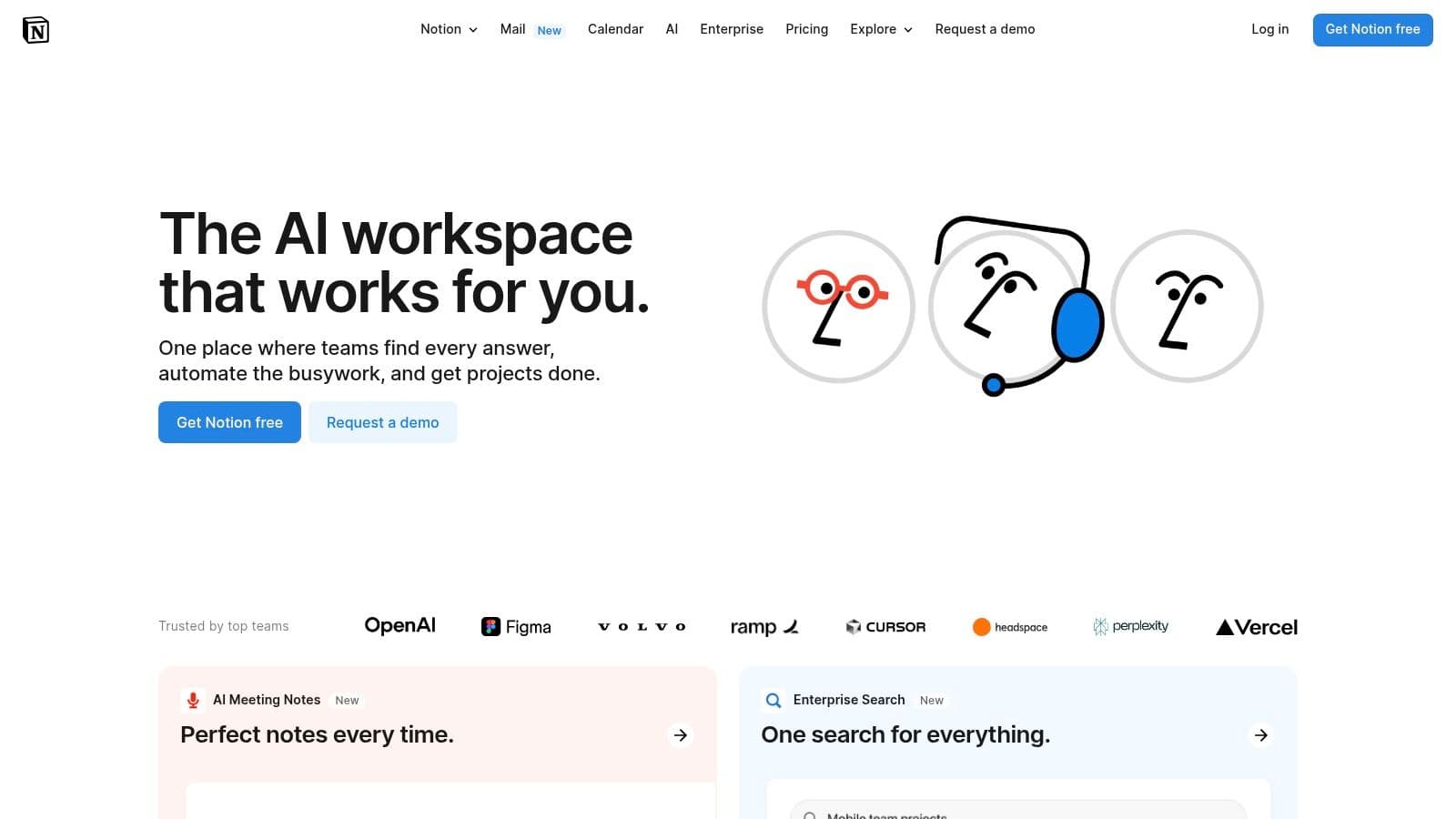
Why it works:
- Combines calendar views, task DBs, and notes in one workspace
- Highly customizable for projects, clients, and personal routines
- Good free tier; paid plans add team features
Best for: knowledge workers, entrepreneurs, and anyone who wants a central productivity hub.
Pros:
- Deep integration with project data and notes
- Multiple views (daily/weekly/monthly)
Cons:
- Steeper learning curve
- Limited offline functionality
Quick setup tips:
- Start with a pre-built Notion time-blocking template.
- Create a Task database and link tasks to calendar time blocks.
- Add recurring blocks for routines and weekly reviews.
More: https://www.notion.so
2) Google Calendar — Simple, Free Time Blocking
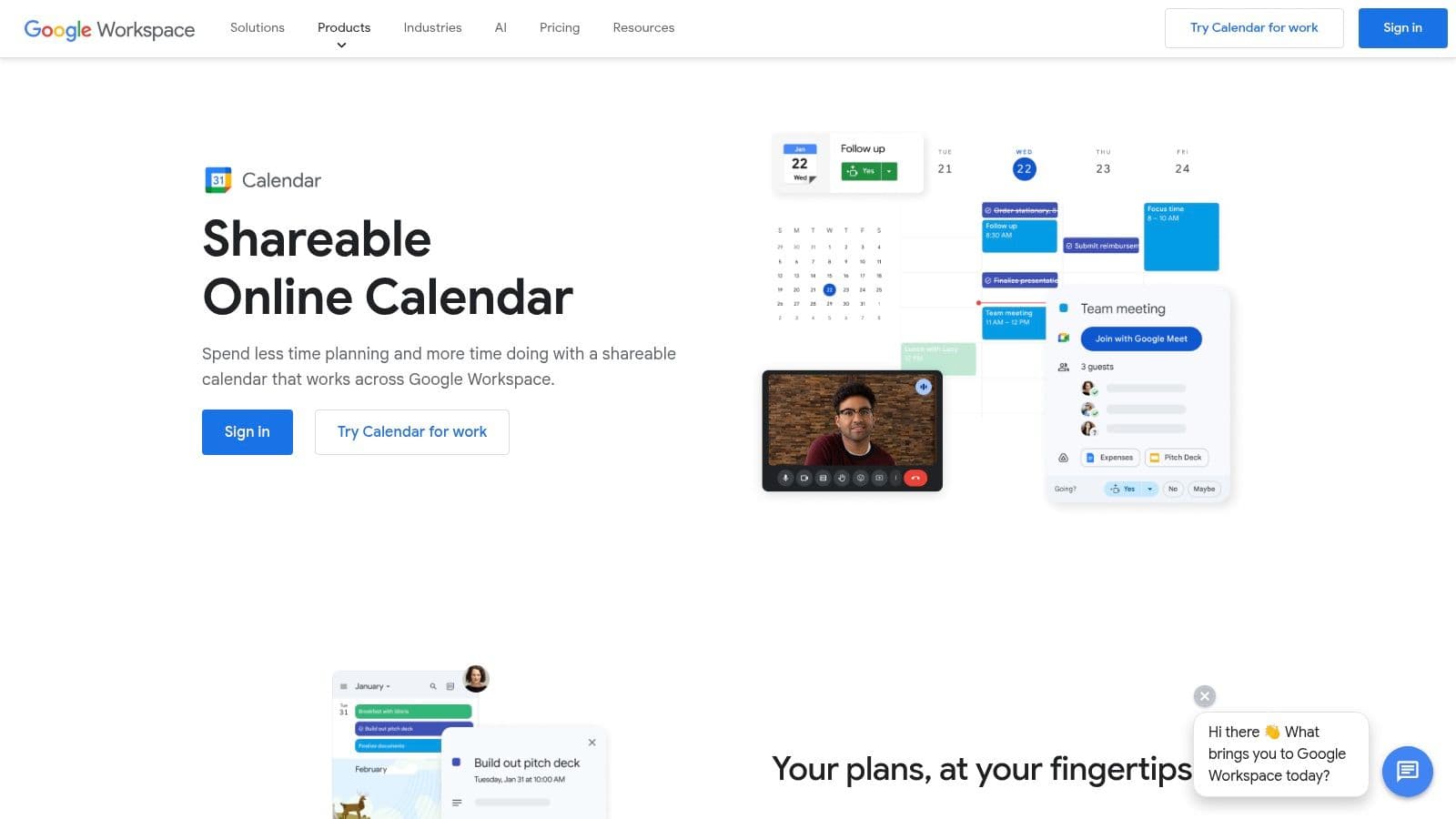
Why it works:
- Fast to adopt; color-coding and multiple calendar overlays
- Great integration with Gmail, Meet, and Google Drive
Best for: anyone who wants a reliable, no-friction calendar-based template.
Pros:
- Free and accessible
- Real-time collaboration and cross-device sync
Cons:
- Limited built-in task analytics and templates
- Privacy concerns for some users
Implementation tips:
- Use color codes for categories (deep work, admin, meetings, personal).
- Create recurring events for routines and buffer time between meetings.
- Start small—block 2–3 focus sessions daily and expand.
Learn more: https://fluidwave.com/blog/time-management-quadrant
3) Clockify — Time Blocking + Time Tracking
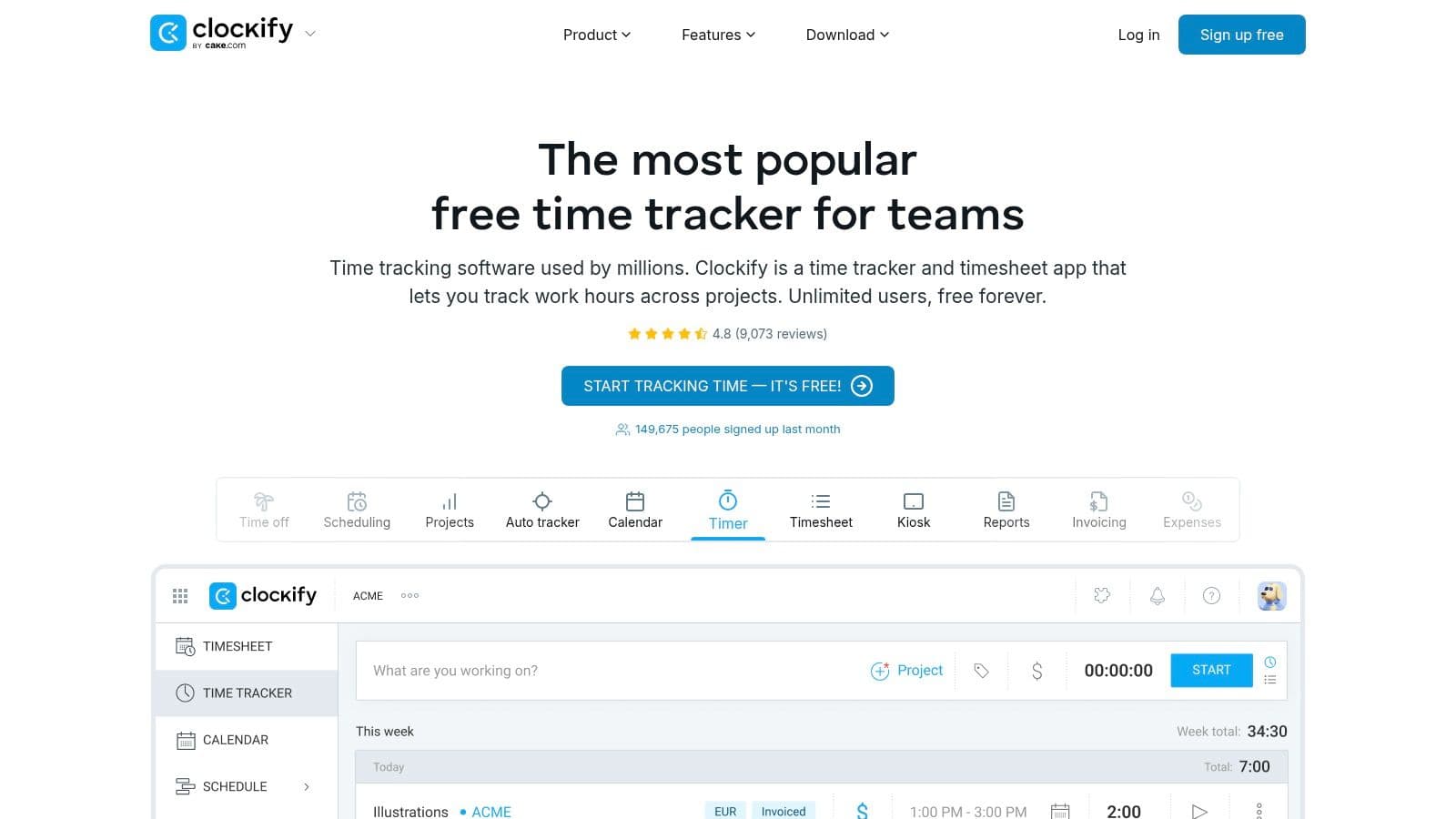
Why it works:
- Plan blocks, then compare planned vs. actual tracked time
- Strong reporting for billable hours and productivity insights
Best for: freelancers, consultants, and teams that need billing accuracy.
Pros:
- Detailed reports and analytics
- Free tier for small teams
Cons:
- Can feel complex for personal use
Setup tips:
- Create projects and assign time blocks, then track actual time to refine estimates.
More: https://clockify.me
4) Todoist + Calendar Integrations — Task-Driven Time Blocking
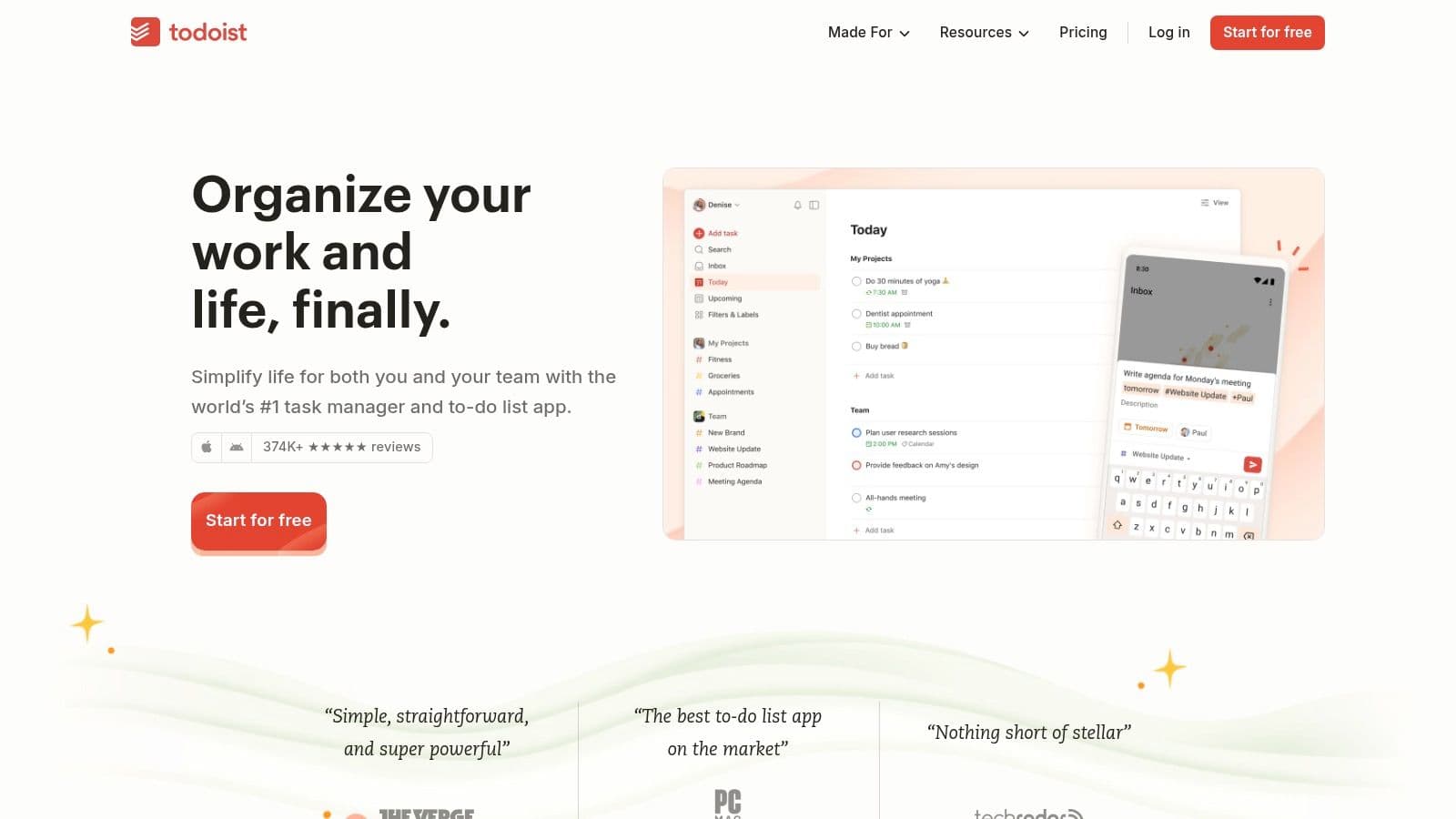
Why it works:
- Strong task management with calendar sync (Google/Outlook)
- Natural language task scheduling and smart suggestions
Best for: people who want tasks to drive their calendar blocks.
Pros:
- Simple drag-and-drop between task list and calendar
- Intelligent scheduling helps prioritize
Cons:
- Native calendar features are limited (relies on external calendar)
Setup tips:
- Connect Todoist to Google Calendar and drag tasks into free slots.
- Use labels and priorities to decide what to block first.
More: https://todoist.com
5) Microsoft Outlook Calendar — Enterprise Time Blocking
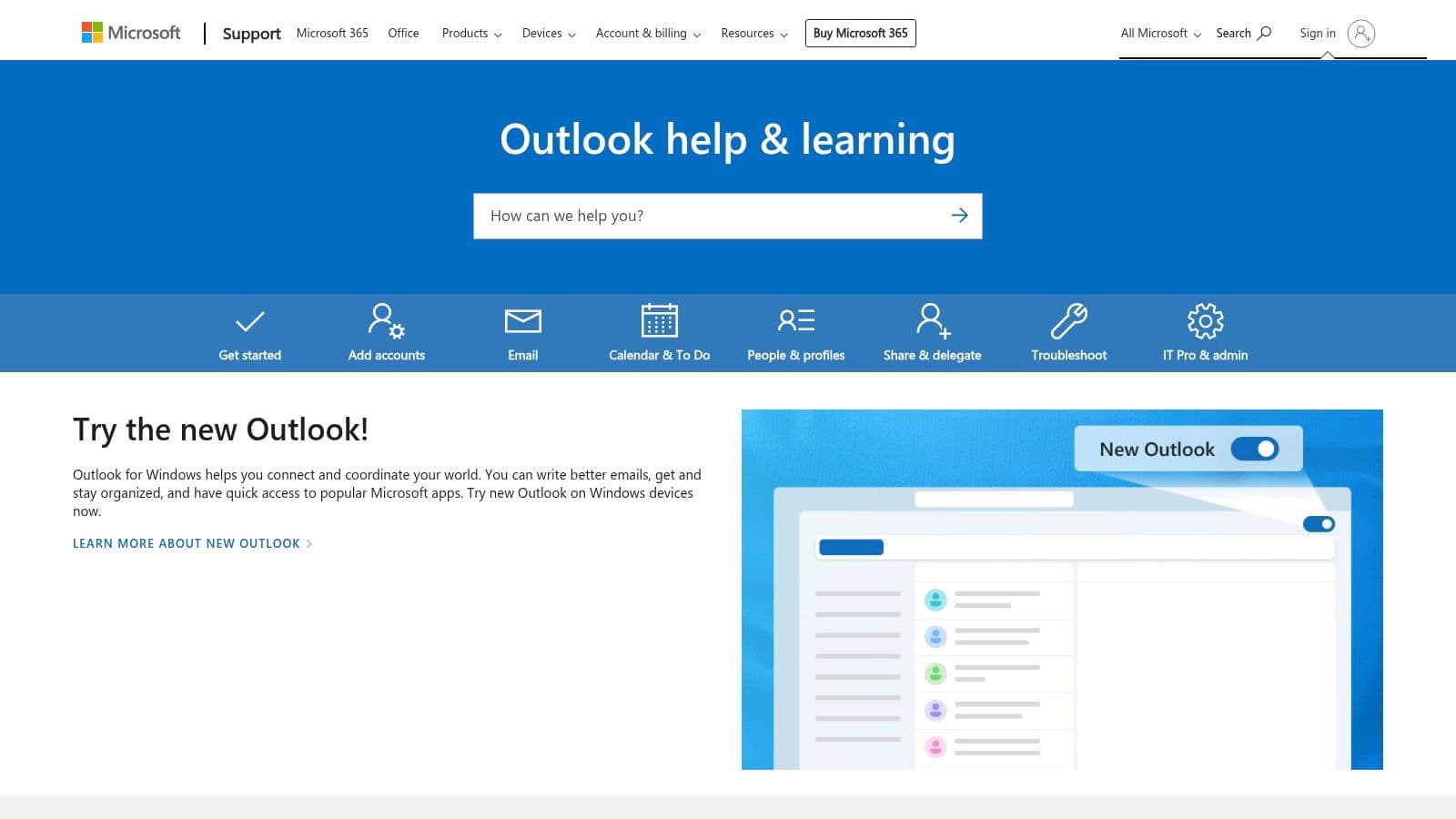
Why it works:
- Deep Microsoft 365 integration and Scheduling Assistant
- Resource booking, focused time, and delegation features
Best for: enterprise teams and organizations already in the MS ecosystem.
Pros:
- Robust sharing, security, and admin controls
Cons:
- Full features require a Microsoft 365 subscription
Setup tips:
- Define meeting-free “focus” blocks and use Scheduling Assistant for smooth coordination.
More: https://outlook.microsoft.com
6) Reclaim.ai — Automated, AI-Powered Time Blocking
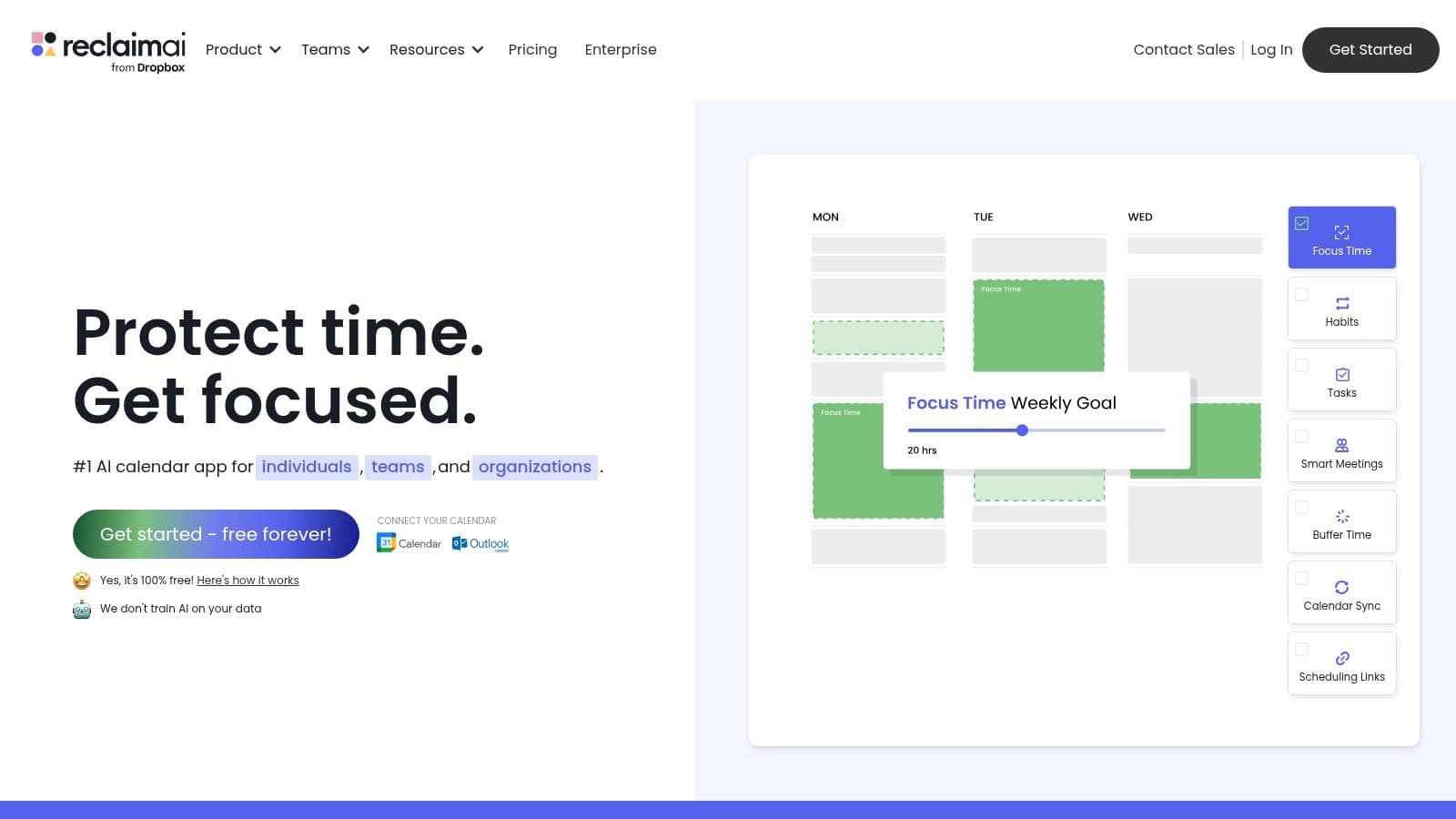
Why it works:
- Uses AI to automatically place tasks, habits, and focus time
- Learns your preferences and adapts your schedule
Best for: busy professionals who want automation and adaptive scheduling.
Pros:
- Protects focus time, adds buffers, supports habits
Cons:
- Requires time for the AI to learn; premium features are paid
Setup tips:
- Connect your calendar, set priorities and working hours, then let Reclaim fill the gaps.
More: https://reclaim.ai
7) Toggl Plan — Visual Timeline & Team Workload
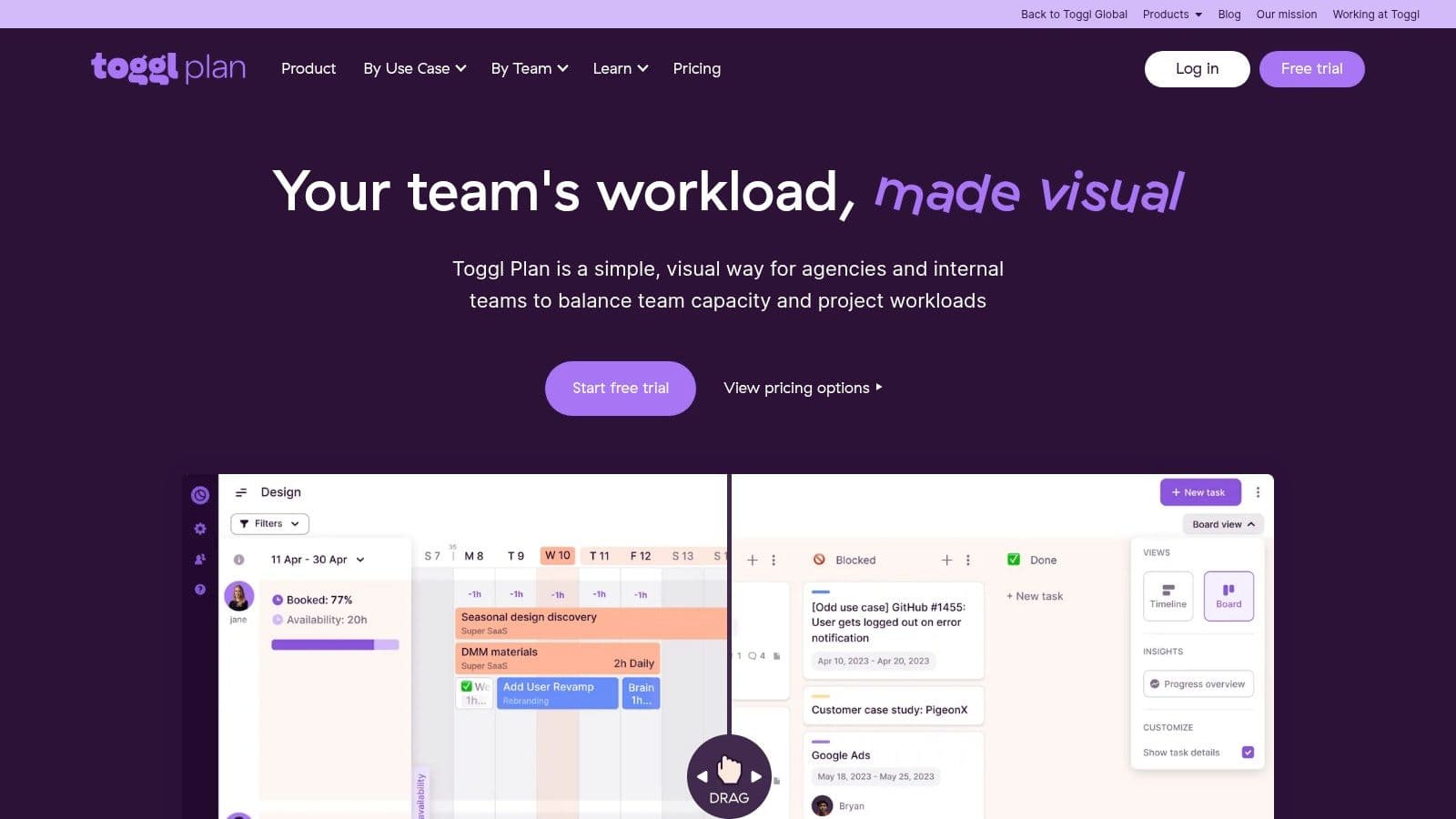
Why it works:
- Timeline view shows who’s working on what and when
- Great for resource management and avoiding overbooking
Best for: project managers and distributed teams.
Pros:
- Intuitive drag-and-drop scheduling
- Clear visual milestones and workload balance
Cons:
- Less focused on individual task-level productivity
Setup tips:
- Map projects on timelines, assign people, and adjust durations via drag-and-drop.
More: https://toggl.com/plan
Feature Comparison (Quick)
| Product | Best for | Key strength |
|---|---|---|
| Notion | Flex users & teams | Deep customization & integrated notes |
| Google Calendar | General users | Simplicity & Google Workspace sync |
| Clockify | Billable teams | Planned vs. actual time reporting |
| Todoist | Task-focused users | Task-to-calendar workflow |
| Outlook | Enterprises | Scheduling assistant & resource booking |
| Reclaim.ai | Automation seekers | AI-driven scheduling |
| Toggl Plan | Project teams | Visual timelines & resource mgmt |
How to choose the right template
- Match the tool to your primary need (simplicity, tracking, automation, team planning).
- Try free tiers first—test 1–2 weeks to see real impact.
- Keep your system simple: guard 2–3 daily focus blocks and use recurring blocks for routines.
- Review weekly and refine time estimates with tracked data.
If you want a combined approach, use a calendar (Google/Outlook) for blocking plus a task tool (Todoist/Notion) for prioritization, or add Reclaim.ai to automate the scheduling.
Internal linking opportunities
- Time management framework: https://fluidwave.com/blog/time-management-quadrant
- Task prioritization & templates: https://fluidwave.com/blog/project-priority-matrix-template
- Prioritization methods: https://fluidwave.com/blog/task-prioritization-methods
- Fluidwave homepage & services: https://fluidwave.com
Link these pages from phrases like “time management quadrant,” “task prioritization,” or “productivity templates” to improve internal SEO and reader navigation.
Final tips and next steps
- Start with one simple experiment—block 2 hours of deep work for three days.
- Track actual vs planned time for two weeks to improve estimates.
- Iterate: the best time-blocking schedule template is the one you stick with.
Want a streamlined approach? Consider Fluidwave for AI-assisted task management and virtual assistant support to keep your calendar optimized: https://fluidwave.com
Article maintains the original product recommendations and core guidance while improving clarity, structure, and SEO-ready headings. Images and source links were kept for reference.
Focus on What Matters.
Experience lightning-fast task management with AI-powered workflows. Our automation helps busy professionals save 4+ hours weekly.